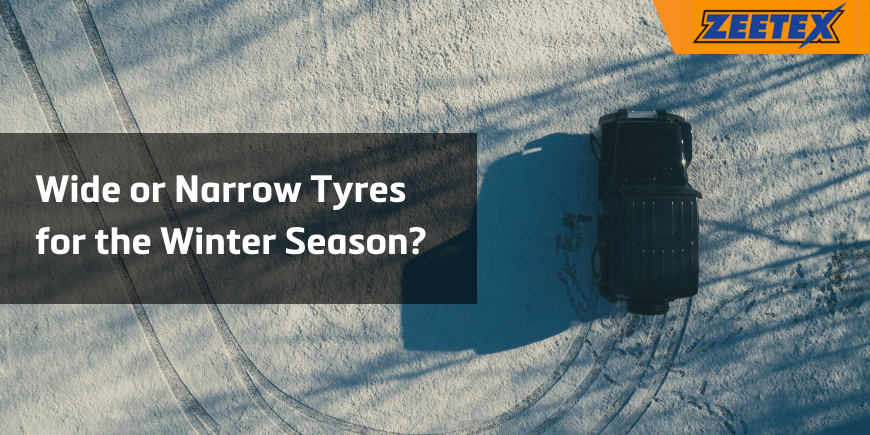It’s a question that is often asked by motorists: are narrow tyres more suitable for the winter season? In the past the answer would have been certainly yes, but now things have definitely changed.
The main reason why in the past it was recommended to install narrow tyres in winter had to do with better driving in snowy conditions (“cutting the snow”), but modern winter tyres “work” based on another principle, they do not try to cut the snow. Instead they make the car adhere perfectly , using the numerous lamellae present on the tread, exploiting the phenomenon called “snowball”.
So a wider tread provides a greater surface area , a greater number of slats, and a better grip on the snow.
This translates into a better grip in almost all conditions , on dry, wet and snow or ice, translating into better grip, better braking distances and more safety.
On the other hand, the larger surface also produces negative effects, caused by the increased friction, such as slightly higher fuel consumption and a slightly lower tread life.
Narrow tyres in winter: what changes
Narrow tyres have a great advantage in case of stagnation of water , when the rain hits hard and the asphalt has stagnant water, the central tread channels may not be able to expel the water fast enough, in this case creating the aquaplaning effect, and the tyres start to “float” on the water creating a dangerous loss of control for the vehicle.
Narrow tyres reduce the risk of aquaplaning .
But this result is achieved to the detriment of performance in almost every other circumstance, in braking, in lateral curves, in acceleration, and in the event of sudden changes in direction (perhaps caused by the need to avoid an obstacle).
Even on snow and ice, a narrower tyre has less grip, less road holding, and less directionality than a wider tyre.
Always choose the measures approved by the manufacturers
In order not to make mistakes and risk fines or even the stop of the vehicle it is always good to consult the vehicle registration before choosing your tyres.
The vehicle registration document shows the measures allowed for the vehicle, and they are the only ones allowed, in case of checks by the traffic police you can risk up to 300 euros fine and the seizure of the vehicle, better not to take risks.



